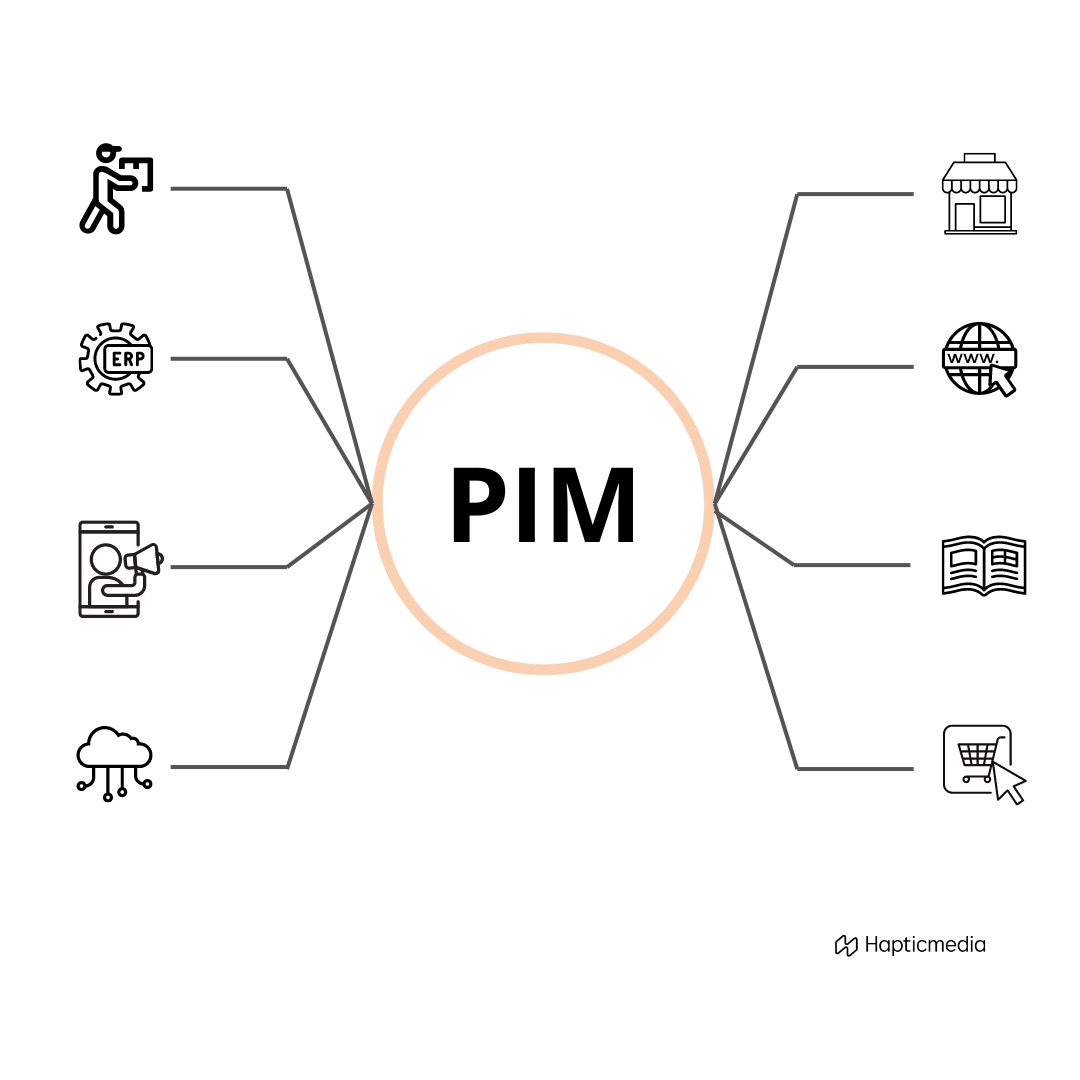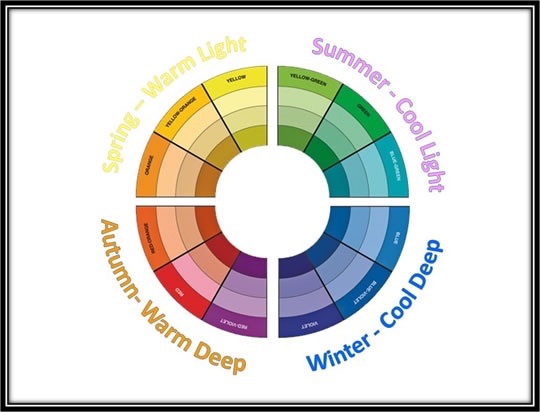New values of luxury: what customer experiences bring
By Aurélie Perrin , Sabrina KHADIVI |Table of contents
This article was updated in March 2024 by Sabrina KHADIVI
We hear and read everywhere that luxury has changed. Really? The markers of luxury, however, still appear remarkably similar to what they were yesterday: excellence, exception, and emotion. So what changes are we talking about? How is the customer experience being highlighted?
Customer Experience: At the heart of differentiation strategy
If we refer solely to its Latin etymology, “luxus,” luxury could be defined as anything that is extravagant, on the margins. In reality, it varies depending on our social status, nationality, life philosophy, and our relationship with luxury.
It’s a term that continues to captivate humanity’s attention because its definition seems to change according to different eras and domains. This question has been posed to numerous specialists, as in an article by Le Temps, which highlights their research on the matter.
Some consume it for social recognition, others to assert a status, for differentiation strategy, or even purely for hedonism. Whether tangible value (rare and expensive objects) or intangible (time, freedom, space), luxury displays multiple facets. An elusive concept, it refers alternately to a product, a lifestyle, a concept, and nowadays, a customer experience.
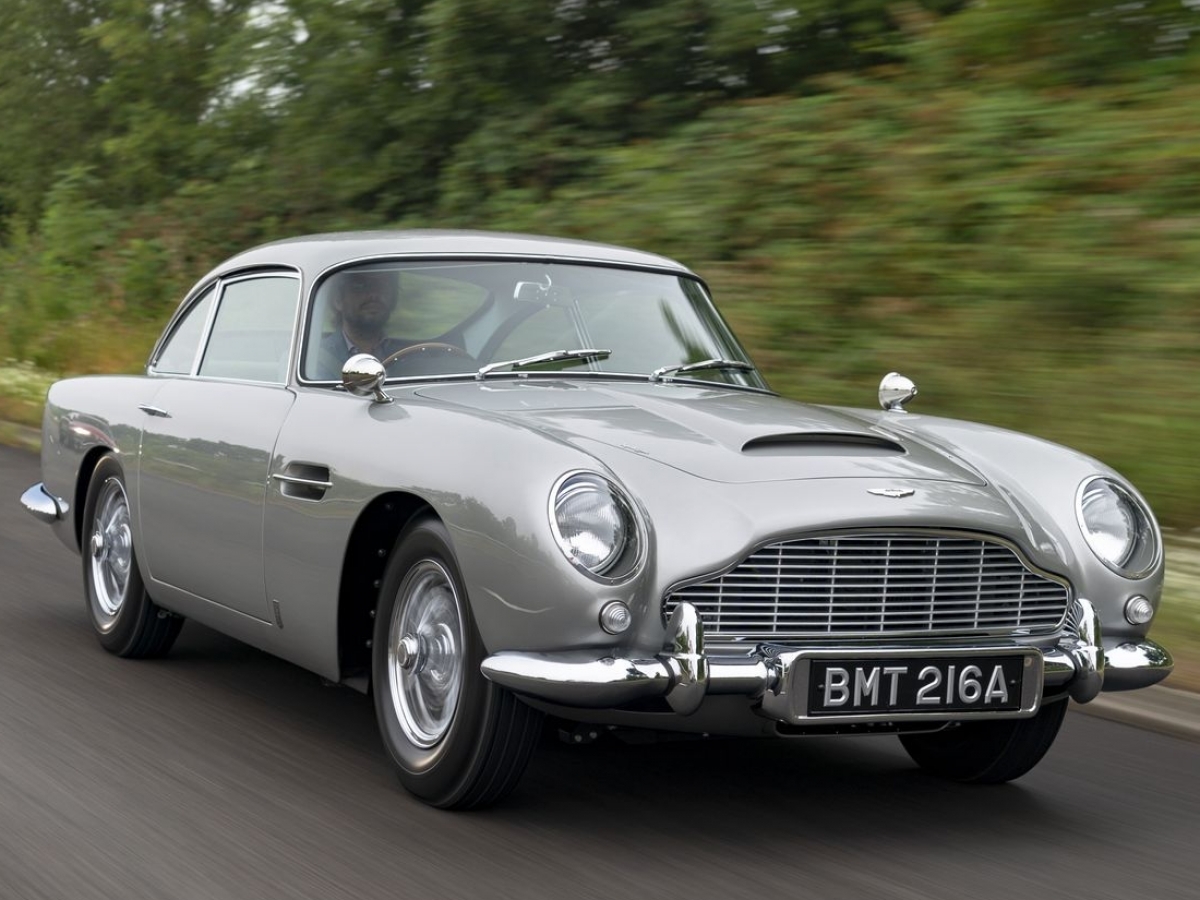
Image credit: Au volant de l’Aston Martin DB5 de James Bond Goldfinger - Challenges
Customer experience is at the forefront of major brands’ concerns, especially in the luxury market and e-commerce, and omnichannel strategies. With this constant expansion, the proposed solutions must be increasingly efficient. Hapticmedia specializes in Cloud & 3D solutions, assisting companies in the industrial 4.0 digitalization process and dematerialization. With the rise of e-commerce sites, especially after COVID-19, companies had to adapt. However, virtual images can pose problems in product understanding (details, size, shape, usage scenarios, quality, and many others), potentially hindering prospect conversion.
This is where services and solutions offering original and innovative customer experiences come into play. These include 3D viewers, 3D configurators, virtual try-ons, and augmented reality. These have been adopted by major luxury brands such as FRED, De Beers, and Baccarat, resulting in nearly a 40% increase in conversion rates.
See How Top Luxury Brands Use 3D Configurators: Real world case studies of 3D configurators | Hapticmedia

Image credit: Bracelet Force 10 Grand modèle or jaune 750/1000e pavé diamants - Fred Paris
Adding value to the useless: a differentiation strategy?
Luxury spread across the world after the Second World War. Initially intended for a social elite, it was long associated with what was rare and expensive, but not absolutely necessary. Hence, the often-heard expression used to describe anything beyond the essentials, “It’s luxurious!”
The designer Yves Saint-Laurent once stated, “I am not a fashion designer. I am an artisan, a creator of happiness.” Luxury has never been characterized by its functionality. It’s not about finding a means of transportation that motivates the purchase of a Ferrari; luxury brands use this differentiation strategy to stand out, particularly through a memorable customer experience. Luxury, however, gives the impression of living an experience that not everyone can have but that everyone dreams of. Thus, consuming luxury means consuming prestige, craftsmanship, uniqueness. There is a major hedonistic dimension here, a feeling of rising above the rest of the world. And even though social markers exist, luxury transcends them, today as much as yesterday.
Discover the secret of success of major brands such as Gucci: What can luxury brands learn from Gucci's digital strategy?
A new mapping of luxury
Professor and researcher at HEC Paris, Jean-Noël Kapferer, author of the book “Luxe. New Challenges, New Challengers,” hypothesizes that the real problem of luxury today is defending the gap between “true” luxury and those who want to resemble it.
The advent of the consumer society has given citizens seeking comfort the opportunity to possess more than just the bare minimum. An emotional way of buying, which luxury has seized upon through a differentiation strategy from other brands and more broadly from other fashion trends.
Each of us now wants our share of the dream. Thus, in the 1980s in the United States, the notion of “accessible luxury” was born, opening the door to extreme segmentation: new luxury, ultra-premium, hyper luxury, masstige, opulux, trading-up, fashion luxury… All concepts that contribute to trivializing the word and creating confusion in the consumer’s mind, often unable to distinguish between “true” luxury and “fake” luxury.
Accessible luxury uses the markers of traditional luxury: quality materials, careful cuts, but offers more affordable prices and operates through industrialized distribution. In this segment, we find pioneering brands like Ralph Lauren, Calvin Klein, and Tommy Hilfiger, joined since by Comptoir des Cotonniers, Zadig & Voltaire, Maje, or Claudie Pierlot, among others. Drawing inspiration from their prestigious predecessors and claiming accessibility, they invite customers to express their personality through their products.
There are also all the “small” creators, halfway between luxury and ready-to-wear. These are niche brands, within which materials, attention to detail, custom-made items, and craftsmanship are glorified. While speaking of the democratization of luxury is paradoxical in itself, accessible luxury now constitutes 98% of the luxury market.
Michelle Chevalier et Gérald Mazzalovo, Management et Marketing du luxe, Dunod, Paris, 2008
The 7 criteria of a luxury object
In their 2012 work, Barnier Falcy and Valette-Florence specify a luxury object as:
- Bearer of emotion, aesthetics, pleasure, hedonistic experience
- Qualitative and made to last
- To be acquired at a price much higher than what its function alone would command
- Linked to heritage, culture, craftsmanship, history
- Available in few carefully selected points of sale
- Accompanied by personalized services
- A social marker giving the customer an intense sense of privilege
Luxury becomes fashionable: what an irony!
To claim their share in accessible luxury, major fashion houses occasionally engage in collaborations with more popular brands or retailers that aim to give their consumers, for the duration of a collection or a limited edition, the illusion of luxury: Louis Vuitton X Supreme, Dior X Jordan, Gucci X The North Face… However, the customer experience remains present to maintain the luxury brand’s identity while showcasing the collaboration.
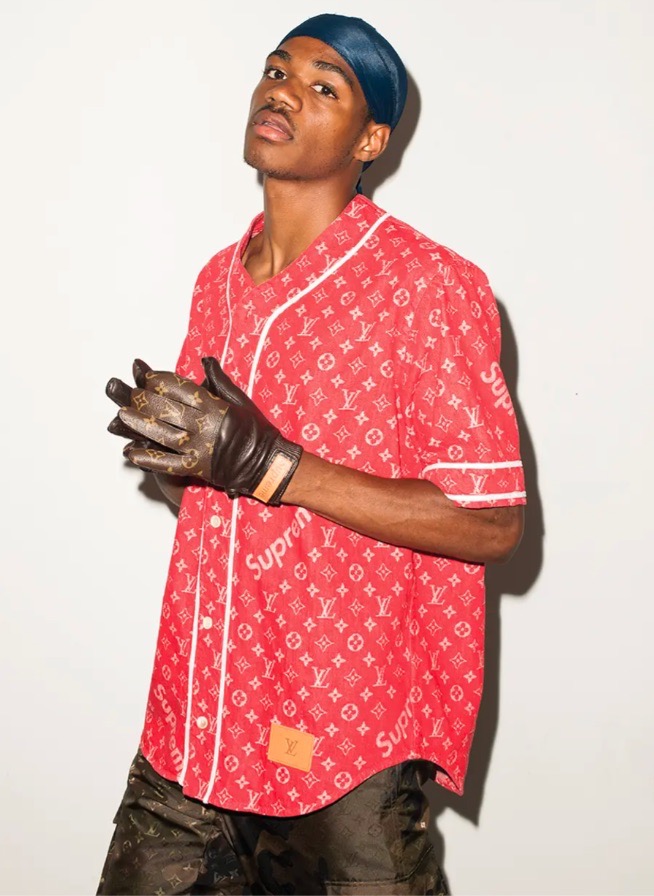
Image credit : Louis Vuitton/Supreme Lookbook

Image credit : The North Face | Gucci
In an article titled “The Role of Perceived Value in Vertical Brand Extensions of Luxury and Premium Brands,” published in the Journal of Marketing Management, Dall’Olmo Riley Pina and Bravo caution these actors, reminding that such downward vertical extension will make customers more attentive to the category of products presented, and also that the price difference with the parent brand should not be too significant to maintain its luxurious image.
In this process of “premiumization,” major players in luxury have almost all launched lines of small accessories, allowing consumers to afford their share of the dream. Thus, while Chanel watches and bags are considered luxury items, its glasses, aimed at the upper middle class, distributed through partner networks at more affordable prices, resemble premium products. However, once luxury becomes accessible, can it still assert itself as luxury? To this question, Bastien Vincent and Kapferer, authors of “Luxe Oblige,” are unequivocal: “rarity and luxury are intrinsic. Once luxury becomes democratized, it loses its attribute of rarity, separates from its essence, and risks becoming vulgar.”
From customer to guest, from product to customer experience
Those who claim that luxury has changed explain it notably by the fact that customer experience is essential; today’s consumers seek an experience before a product. It’s this differentiation strategy that highlights the features of products and services, valued by the customer. But hasn’t this always been the case since luxury has been luxury?
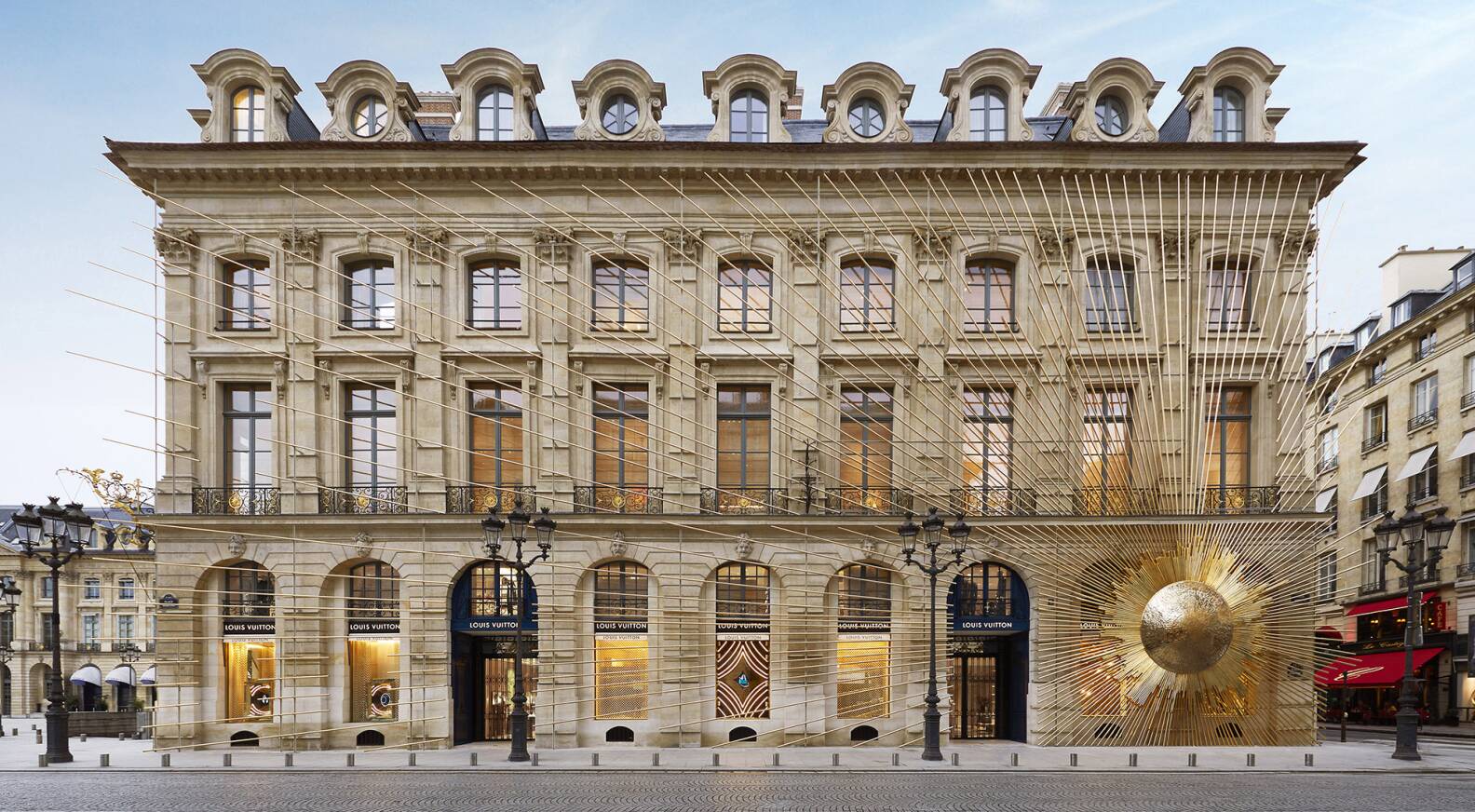
Image credit : LVMH, inauguration Louis Vuitton place Vendôme
If we associate the emotional dimension with the experience, then traditional brands have long checked all the boxes; their products being designed with a hedonistic and sensual approach. However, the transition from modern luxury to contemporary luxury has evolved the vision of major houses towards their clients. The snobbery they exhibited in the 1980s now gives way to a customer-centric approach. In this sense, the customer experience provided requires surpassing the excellence and quality of goods to focus on notions of well-being and satisfaction. The purchasing journey becomes more experiential and omnichannel. Stores are staged like the Louis Vuitton flagship on Place Vendôme in Paris, opened in late 2017 and designed as an immersive and inspirational museum, incorporating around thirty works of art across 4 floors.

Image credit : Louis Vuitton Maison Vendôme - Paris
The client, now referred to as a guest, is welcomed in a privileged manner. They are accompanied by an advisor tasked with conveying the brand experience to them. Simultaneously, a true storytelling is built around each product, reinforcing the impression of acquiring an exceptional piece, all of which reinforces the idea of placing the customer experience at the heart of the differentiation strategy.
This shift from the product to the experience is confirmed by a 2021 study by the Boston Consulting Group, concluding that experiential luxury — Michelin-starred restaurants, luxury cruises, exclusive tourist stays — now generates the majority of revenue in the luxury industry. The rest comes from the sales of material goods, highlighting that the customer experience is just as important, if not more so, than the products.
There is therefore a necessity for traditional luxury to successfully transition from product to experience. To achieve this, brands can rely on a significant ally: digital. At the height of the COVID-19 crisis, some houses extended the physical store to their website by implementing virtual appointments, allowing clients to interact with experts via video. Gucci, for instance, created personalized virtual experiences, simulating a luxury store and presenting various items on screen.

Image credit : Vogue business
Statutory in the 1950s, flashy in the 1980s, more experiential and responsible today, luxury has actually never changed. It has simply, as it always has, adapted to the challenges and expectations of its time. For this, it constantly arbitrates between its three main parameters — exception, excellence, and emotion — positioning them in the right way, at the right place, and at the right time. This is notably reflected in innovative customer experiences that blend into a thoughtful differentiation strategy. While today’s luxury consumption codes are not those of yesterday or tomorrow, the notion of luxury itself remains intangible. A perception that aligns with the thinking of philosopher Gilles Lipovetsky, when he asserts that luxury is, fundamentally, “the perfect mirror of our civilization.”.
Hapticmedia: leaders in customer experience innovation
Hapticmedia has had the opportunity to collaborate with major luxury brands such as Piaget, De Beers, Fred, and Baccarat. The quality of our solutions is matched only by our innovative customer experiences developed by our start up. Discover the services offered by Hapticmedia and its Apviz solution, a SaaS software that generates 3D configurators from a CAD model.
Increase Conversions by 40% with 3D Configurators
Sitography:
- Chapitre V. Identité et stratégie de marque du luxe contemporain | Cairn.info.
- https://www.linkedin.com/pulse/du-luxe-moderne-au-contemporain-alexandre-de-sainte-marie/
- Et pour vous, qu’est-ce que le luxe? - Le Temps
- Les nouveaux codes du luxe moderne | Appear Here
- Le lien étroit entre l’art contemporain et le luxe - ISAL Paris
Contact Hapticmedia now to see our successful user cases and the visible improvement we have brought to our clients. You will be amazed.
